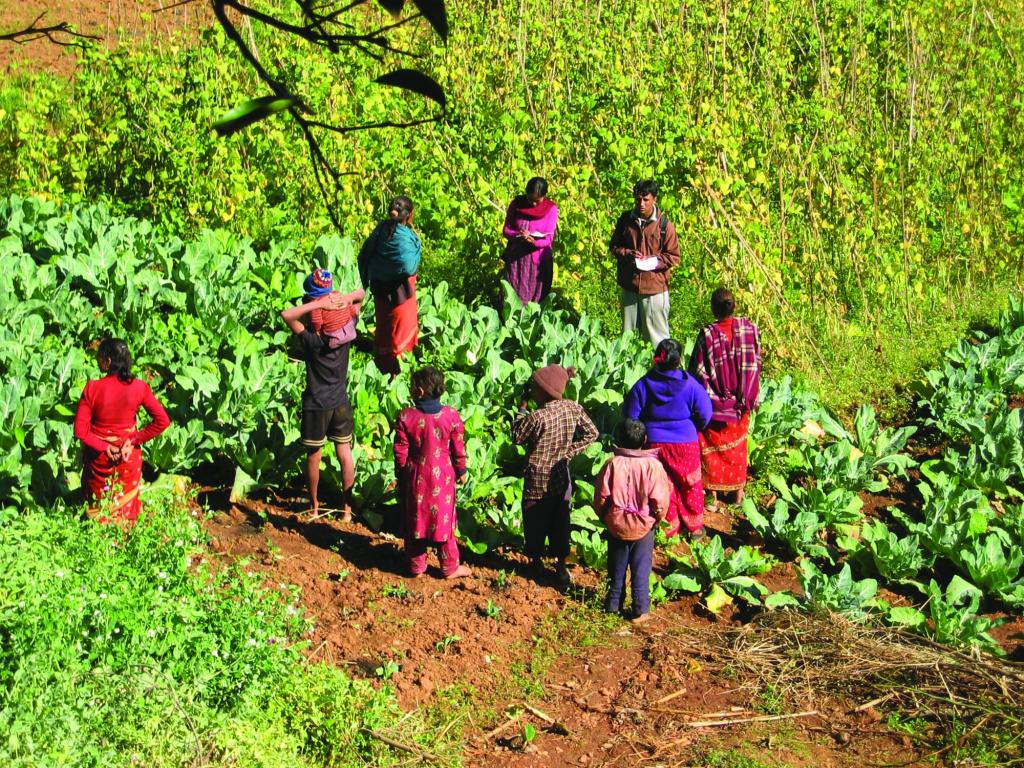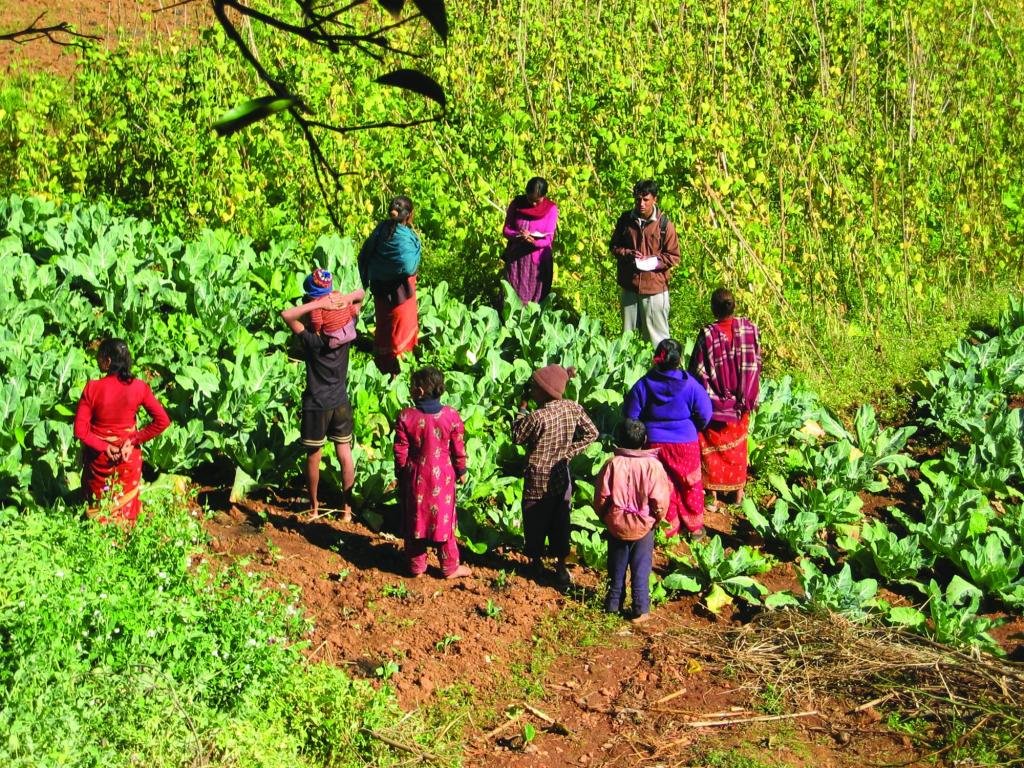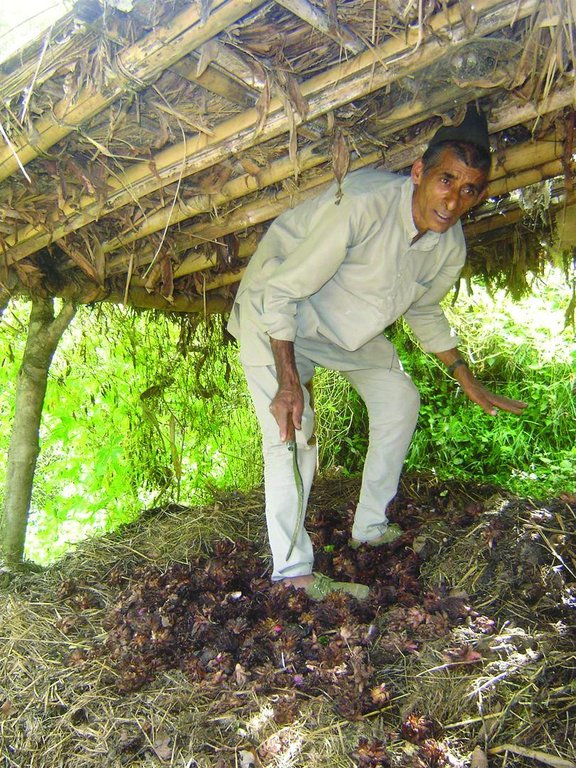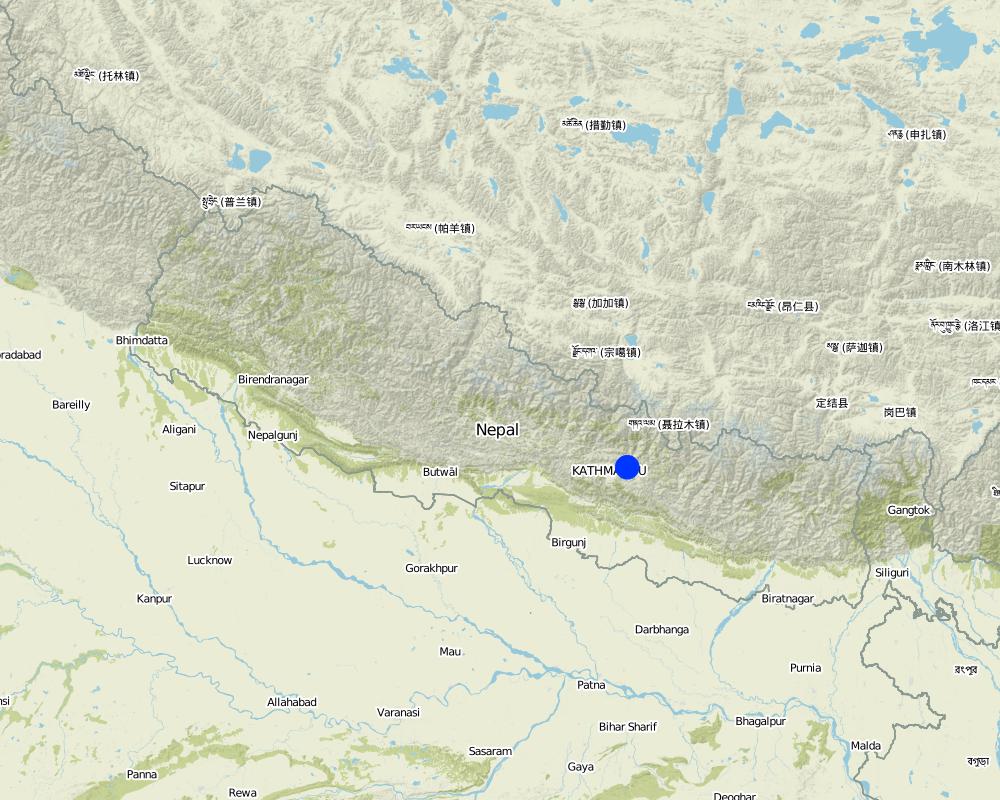Farmer-to-farmer diffusion [Nepal]
- Creation:
- Update:
- Compiler: Richard Allen
- Editor: –
- Reviewer: Laura Ebneter
Kisan-kisan krishi prasar (Nepali)
approaches_2558 - Nepal
1. General information
2. Description of the SLM Approach
3. Participation and roles of stakeholders involved
4. Technical support, capacity building, and knowledge management
5. Financing and external material support
6. Impact analysis and concluding statements
7. References and links
Links and modules
Collapse allLinks
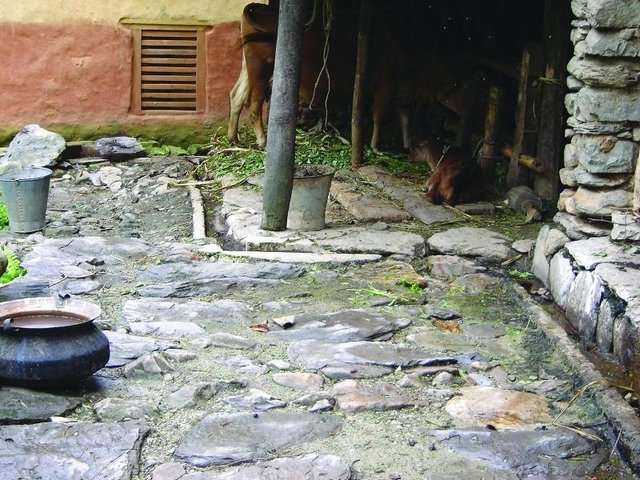
Improved cattleshed for urine collection [Nepal]
Collection of cattle urine in improved cattle sheds for use as liquid manure and organic pesticide
- Compiler: Richard Allen
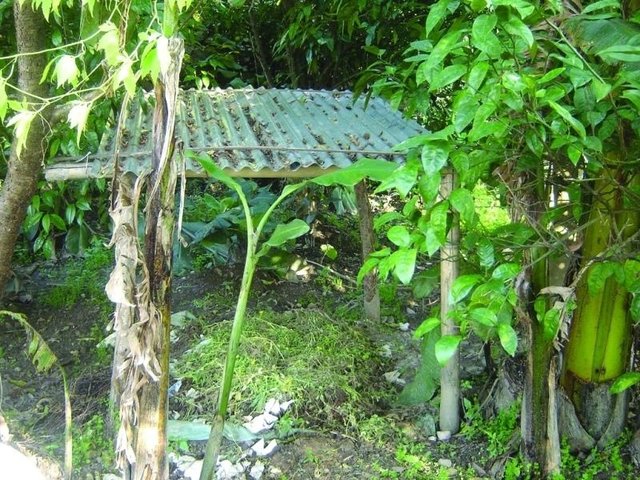
Improved compost preparation [Nepal]
Improved compost preparation using a range of biomass and waste to produce high value fertiliser
- Compiler: Richard Allen
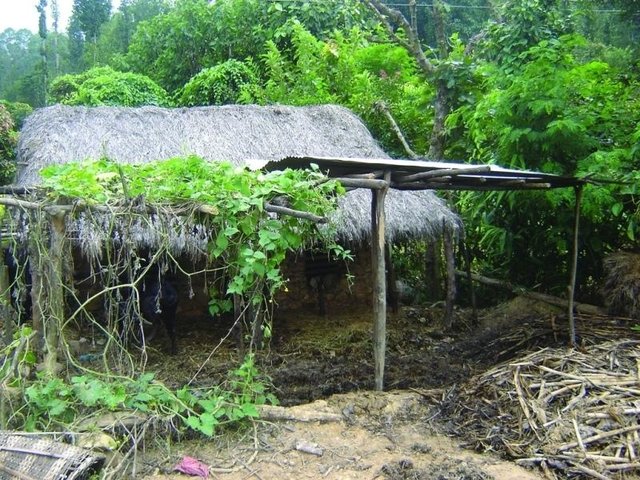
Improved farmyard manure through sunlight, rain and runoff … [Nepal]
Improving farmyard manure by protecting it from direct sunlight, rainfall, and runoff to reduce volatilisation and leaching
- Compiler: Richard Allen
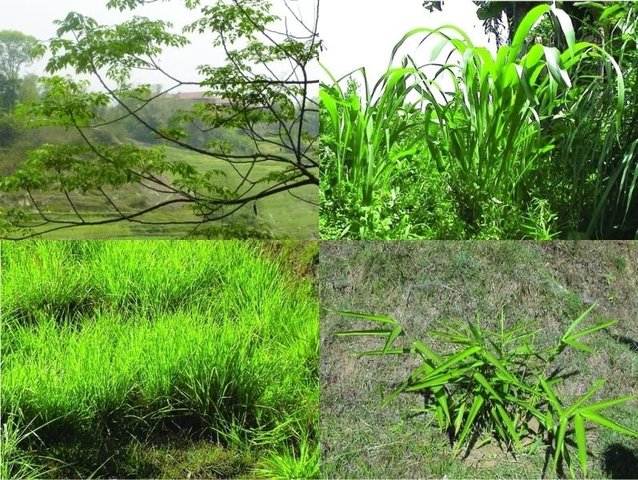
Cultivation of fodder and grasses [Nepal]
Cultivation of fodder crops on marginal lands and terrace risers
- Compiler: Richard Allen
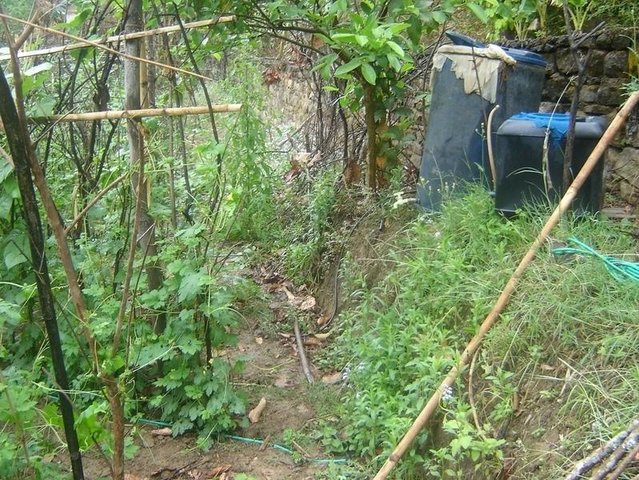
Urine application through drip irrigation for bitter gourd … [Nepal]
Application of cattle urine through drip irrigation technology to provide constant flow of fertiliser to bitter gourd
- Compiler: Richard Allen
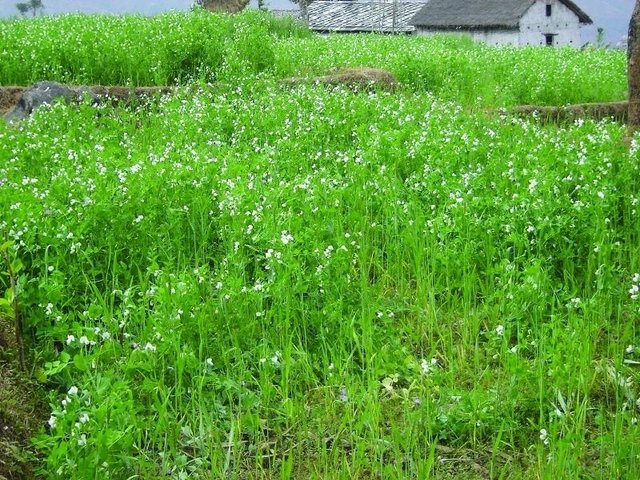
Legume integration [Nepal]
Integration of leguminous crops as intercrops on terrace risers or as relay crops
- Compiler: Richard Allen
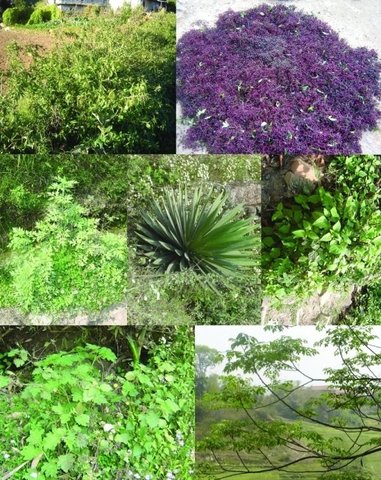
Organic pest management [Nepal]
Promotion of botanical pesticides for organic pest management and liquid manure
- Compiler: Richard Allen
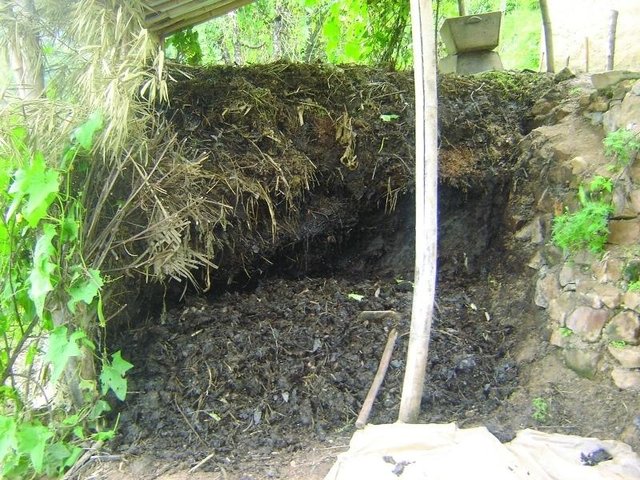
Better quality farmyard manure through improved decomposition [Nepal]
Collection and proper storage of farmyard manure in heaps or pits
- Compiler: Richard Allen
Modules
No modules


